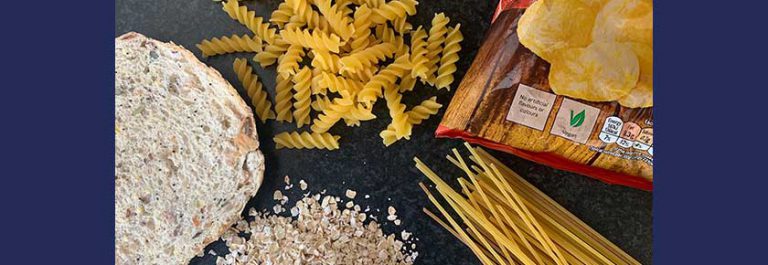
Carbs: getting the facts straight
Contrary to popular belief, carbohydrates are not the enemy! When you’re being active, it’s important to consume carbohydrates as part of your diet to provide

Contrary to popular belief, carbohydrates are not the enemy! When you’re being active, it’s important to consume carbohydrates as part of your diet to provide
Scroll down for more options…
Scroll down for more options…
Scroll down for more options…

